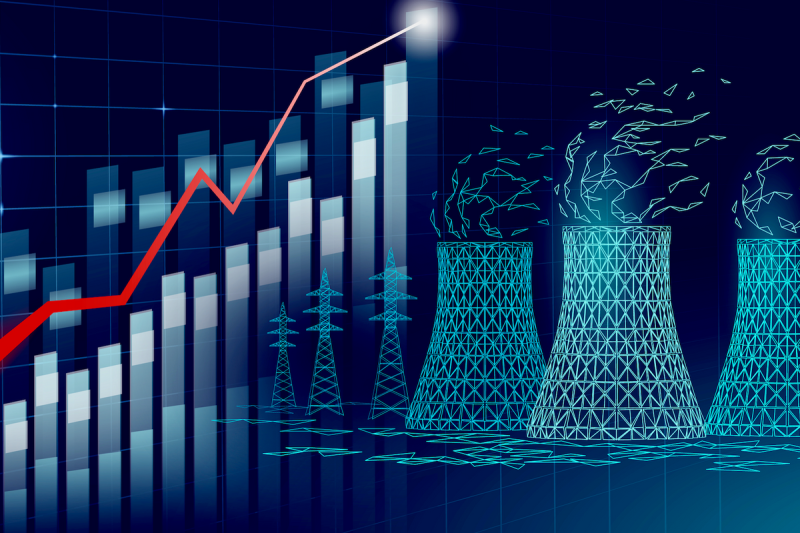The United States Plans to Triple Nuclear Power Capacity by 2050
In a significant step towards reducing carbon emissions and combating climate change, the United States has unveiled ambitious plans to triple its nuclear power capacity by 2050. This move marks a significant departure from the current energy landscape dominated by fossil fuels, and aims to position nuclear energy as a key component of the nation’s clean energy future.
The decision to expand nuclear power capacity comes at a critical juncture in the fight against climate change, as the world grapples with the urgent need to transition to sustainable and low-carbon energy sources. Nuclear power, with its minimal greenhouse gas emissions and reliable energy production, presents a promising solution to address these challenges.
One of the main motivations behind the push to increase nuclear power capacity is the desire to reduce the country’s reliance on fossil fuels, particularly coal and natural gas, which are major contributors to greenhouse gas emissions. By tripling its nuclear capacity, the U.S. aims to significantly decrease its carbon footprint and move towards a more sustainable energy mix.
Additionally, expanding nuclear power capacity is expected to enhance energy security by diversifying the country’s energy sources. Nuclear power plants provide a stable and reliable source of electricity, helping to reduce the country’s exposure to supply disruptions and price fluctuations in the global energy market.
However, the plan to triple nuclear power capacity is not without its challenges. One of the main concerns surrounding nuclear energy is the issue of nuclear waste disposal and the potential risks associated with nuclear accidents. Addressing these concerns will be crucial in ensuring the safe and sustainable expansion of nuclear power capacity in the United States.
Furthermore, the high upfront costs and long lead times associated with nuclear power projects present significant barriers to rapid deployment. To overcome these challenges, the U.S. will need to streamline regulatory processes, incentivize private investment in nuclear energy, and invest in research and development to drive innovation in nuclear technology.
Despite these challenges, the decision to triple nuclear power capacity represents a bold and forward-thinking approach to addressing the pressing issue of climate change. By leveraging the benefits of nuclear energy, the United States has the opportunity to significantly reduce its carbon emissions, enhance energy security, and drive the transition towards a more sustainable energy future.
